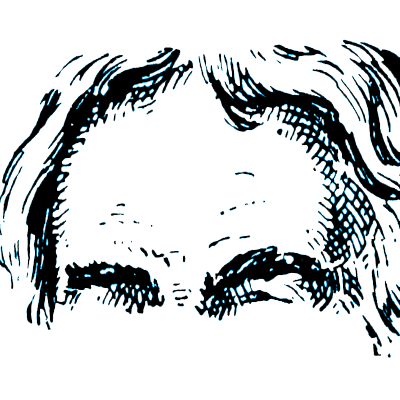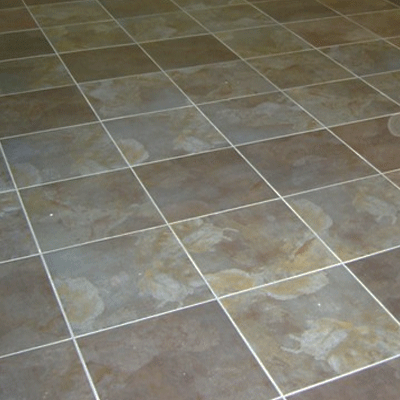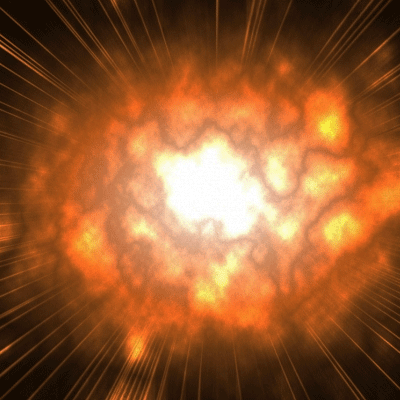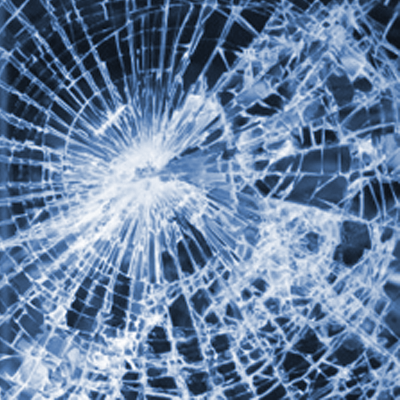
Orbital Fractures
Orbital fractures can occur in any wall of the orbit, although they most commonly occur in the medial and inferior walls, the two weakest walls of the orbit. Any wall can result in a blow-in or blow-out fracture pattern. Orbital fractures can occur in isolation or in combination with other fracture groups including nasoorbitoethmoid complex (NOE) fractures, tripod fractures, LeFort fractures, and smash fractures. All orbital fractures should be assessed for ocular muscle involvement, globe injury, retrobulbar hematoma impinging bone fragments, nasofrontal duct involvement, or foraminal extension.
Fractures of the superior orbital wall are termed orbital rim fractures and can occur in isolation or in combination with frontal sinus fractures. Orbital rim fractures occur most commonly in isolation compared to other orbital fractures and result from direct impact on the frontal brow / supraorbital ridge.
Frontal sinus fractures include inner and outer table fractures and occur from direct forehead trauma or extension from nasoorbitoethmoid complex (NOE) fractures or severe orbital rim fractures. Fractures of the inner table rarely occur in isolation. Inner table fractures warrant surgical intervention as they can lead to meningitis and intracerebral abscess given open communication with the CSF space. The presence of orbital emphysema may suggest communication of frontal sinus fractures with the orbit.
The lamina papyracea is a paper thin portion of the ethmoid bone that constitutes the weakest portion of the medial orbital wall. Fractures of the lamina papyracea can be of the blow-in or blow-out variety. Both types can result in orbital emphysema and medial rectus entrapment resulting in diplopia. Blowout fractures result in herniation of intraorbital contents into the ethmoid sinus and occur frequently with orbital floor fractures.
Orbital floor fractures can occur in isolation, or in continuation of a tripod, LeFort II, or nasoorbitoethmoid complex (NOE) fracture. Orbital floor fractures commonly result in orbital emphysema and hemorrhage into the ipsilateral maxillary sinus. Inferior rectus involvement should be assessed and may only present with subtle imaging findings in the pediatric “trapdoor” fracture pattern.
Orbital blowout fractures result from increased intraocular pressure from a direct blow to the eye. By definition, these fractures have an inferiorly displaced orbital floor fracture without involvement of the orbital rim. Involvement of the lamina papyracea is commonly seen, since it also a weak wall of the orbit. Clinically, these fractures can present with enophthalmos and diplopia on upward gaze resulting from involvement of the inferior rectus muscle.
Fractures of the superior orbital wall are termed orbital rim fractures and can occur in isolation or in combination with frontal sinus fractures. Orbital rim fractures occur most commonly in isolation compared to other orbital fractures and result from direct impact on the frontal brow / supraorbital ridge.
Frontal sinus fractures include inner and outer table fractures and occur from direct forehead trauma or extension from nasoorbitoethmoid complex (NOE) fractures or severe orbital rim fractures. Fractures of the inner table rarely occur in isolation. Inner table fractures warrant surgical intervention as they can lead to meningitis and intracerebral abscess given open communication with the CSF space. The presence of orbital emphysema may suggest communication of frontal sinus fractures with the orbit.
The lamina papyracea is a paper thin portion of the ethmoid bone that constitutes the weakest portion of the medial orbital wall. Fractures of the lamina papyracea can be of the blow-in or blow-out variety. Both types can result in orbital emphysema and medial rectus entrapment resulting in diplopia. Blowout fractures result in herniation of intraorbital contents into the ethmoid sinus and occur frequently with orbital floor fractures.
Orbital floor fractures can occur in isolation, or in continuation of a tripod, LeFort II, or nasoorbitoethmoid complex (NOE) fracture. Orbital floor fractures commonly result in orbital emphysema and hemorrhage into the ipsilateral maxillary sinus. Inferior rectus involvement should be assessed and may only present with subtle imaging findings in the pediatric “trapdoor” fracture pattern.
Orbital blowout fractures result from increased intraocular pressure from a direct blow to the eye. By definition, these fractures have an inferiorly displaced orbital floor fracture without involvement of the orbital rim. Involvement of the lamina papyracea is commonly seen, since it also a weak wall of the orbit. Clinically, these fractures can present with enophthalmos and diplopia on upward gaze resulting from involvement of the inferior rectus muscle.
 |
Orbital Rim |
 |
Frontal Sinus |
 |
Lamina Papyrecea |
 |
Orbital Floor |
 |
Orbital Blowout |
Friends
 |
Orbital Rim |
 |
Frontal Sinus |
 |
Lamina Papyrecea |
 |
Orbital Floor |
 |
Orbital Blowout |
Groups
 |
Orbital Fractures |
 |
Nasal Fractures |
 |
Tripod Fractures |
 |
LeFort Fractures |
 |
Smash Fractures |
 |
Mandibular Fractures |